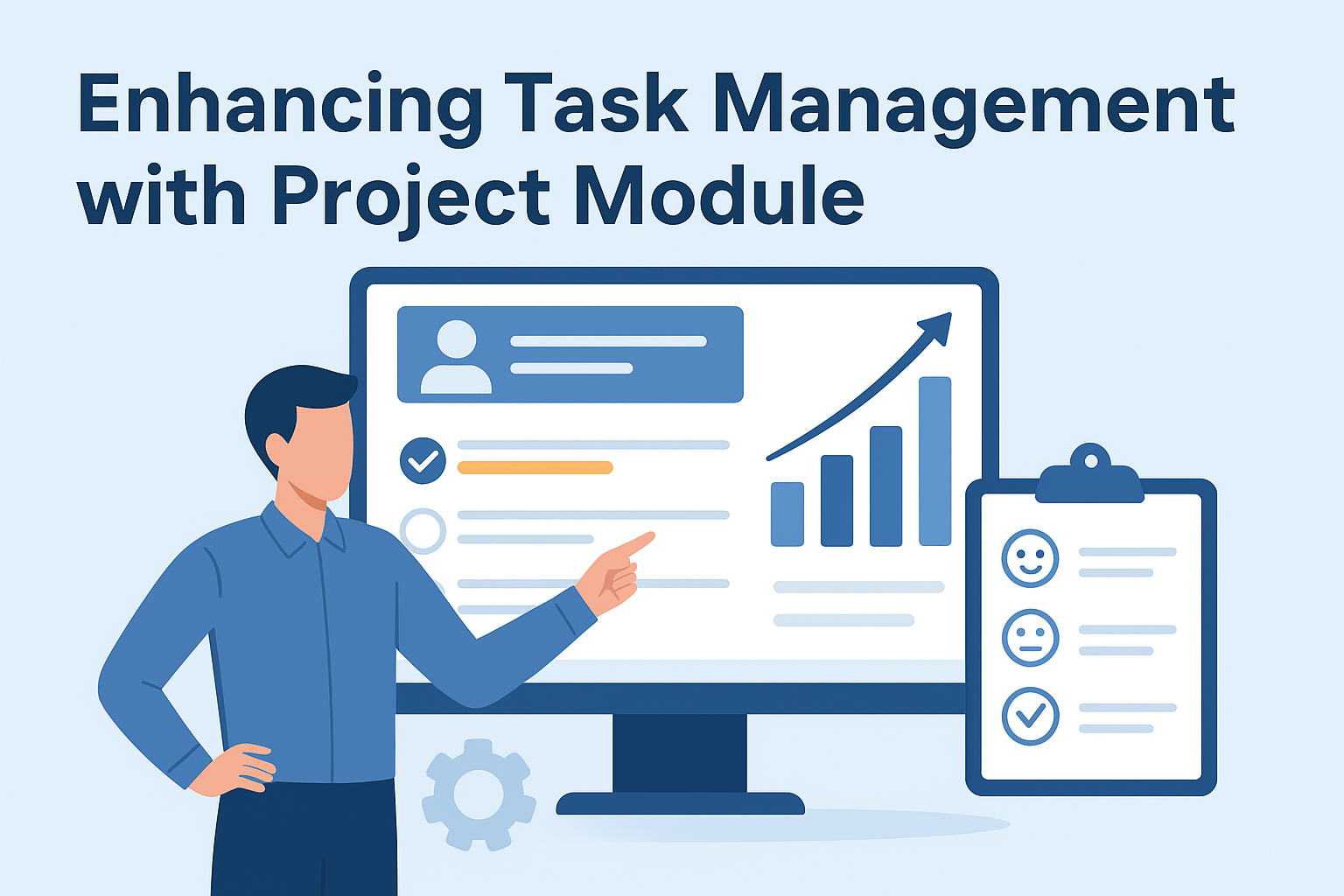What is GST return ?
The businesses registered under GST have to file returns through the GST portal of the Indian Government. A GST return is a document containing details of all the income & sales vs expenses & purchases of a taxpayer. This is submitted to the tax administrative authorities to calculate the net tax liability.
Who should pay GST ?
Under the GST regime, regular businesses having more than Rs.5 crore as annual aggregate turnover have to file two monthly returns and one annual return.
What is e-invoicing under GST ?
e-Invoicing or electronic invoicing is a system where B2B invoices are authenticated electronically by GSTN to further process it under the GST portal. Initially, the GST council implemented this system of e-Invoicing for large enterprises and later to cover medium and small scale businesses as well.
The purpose of generating e-Invoices is to maintain a standard format thus the process doesn’t directly involve generating e-Invoices in the GST portal but only submitting an already generated standard e-Invoicing documents.
Who should generate these e-Invoices – Latest Updates
1st August 2022
The e-Invoicing system for B2B transactions has now been extended to those with an annual aggregate turnover of more than Rs.10 crore up to Rs.20 crore starting from 1st October 2022, vide notification no. 17/2022.
24th February 2022
The e-Invoicing system will be extended to those annual aggregate turnover of more than Rs.20 crore up to Rs.50 crore starting from 1st April 2022, vide notification no. 1/2022
30th June 2021
The CBIC has issued a notification seeking to waive the penalty imposed on non-compliance of dynamic QR code provisions for B2C invoices between 1st December 2020 and 30th September 2021.
1st June 2021
CBIC has notified vide Central Tax Notification no.23 dated 1st June 2021 that the e-invoicing system shall not apply to a government department and local authority.
30th March 2021
The CBIC has issued a notification seeking to waive the penalty imposed on non-compliance of dynamic QR code provisions for B2C invoices between 1st December 2020 and 30th June 2021, provided the said person complies with the provisions of the said notification from 1st July 2021.
Modes of generating e-Invoices :
Web based – The details of invoices are entered into the IRP website to register/validate the invoices.
API based – This mode interacts with the invoice registration portal through their own software.
Offline based – It is similar to the web based process but instead the data is fed to a offline tool like excel
How does e-Invoice work ?
Step 1: Supplier generates the invoice through ERP software or any other tools like offline utility.
Step 2: The invoice file is then uploaded to the Invoice Register Portal(IRP) by the supplier. It is done manually or otherwise if the ERP software is integrated with IRP directly then this process is automated by the software.
Step 3: IRP validates the invoice document. A successful validation is given by the IRP if the document is digitally signed with a unique IRN(Invoice Reference Number)and added a QR code.
Step 4: This digitally signed e-Invoice copy is sent to the supplier who will print these details in the invoice or done automatically by the ERP software.
Step 5: The signed e-Invoice data with IRN will be sent to the E-way bill system and GST system.
Step 6: If the complete details of e-way bill is available with the seller at the time of e-Invoice generation the e-way bill will be generated automatically.
Step 7: Using the data received from IRP, the e-Invoice system will auto populate the Part-A of e-way and similarly the GST system will auto populate the details in GSTR-1 & GSTR-2A.
Step 8: Buyer will get real-time visibility in GSTR-2A for confirming the ITC of the invoice uploaded by the supplier.

Benefits of e-Invoicing to business :
- Traditional invoicing methods consumed more time to generate and upload to the government portal whereas since e-invoicing is a digital process it is much easier and saves time.
- Since the information is fetched automatically to the required format, there is no need for manual entry that eliminates the error.
- Due to the transparency in data and other information, the communication between buyers and suppliers is better.
- Digital process is overtaking each and every industry thus e-invoicing becomes so effortless and energy efficient when compared to the paper invoicing process that consumes physical space.
- As the finance operations are completely dependent on the invoice documentations, migrating to e-invoices made their functions much simpler than before.
FAQs on e-Invoicing
1.Can an e-invoice be canceled partially/fully?
You cannot partially cancel an e-invoice. If you must cancel the e-invoice, then it must be done completely or fully. When you do this, you must report it to the IRN within 24 hours of the cancellation.
2.Is e-way bill required for e-invoice?
Taxpayers have the option of generating an e-way bill when they generate an e-invoice. But they can choose to generate an e-way bill at a later time too. An e-invoice is needed along with an e-way bill to ensure the e-way bill is valid.
3.What are the supplies currently covered under e-invoicing?
e-Invoicing currently applies to: Supplies to registered persons (i.e., B2B supplies), Supplies to SEZs (with/without payment of tax), Exports (with/without payment of tax) and Deemed exports.
4.Can we generate an e-invoice for an unregistered person?
The customer, or the unregistered person, will not be claiming an ITC. Currently, there is no provision in place whereby e-invoicing is mandatory for B2C transactions
5.After the generation of the IRN, is there a time limit for the generation of the e-way bill (wherever applicable)?
No, there is no time limit at present in the system.




